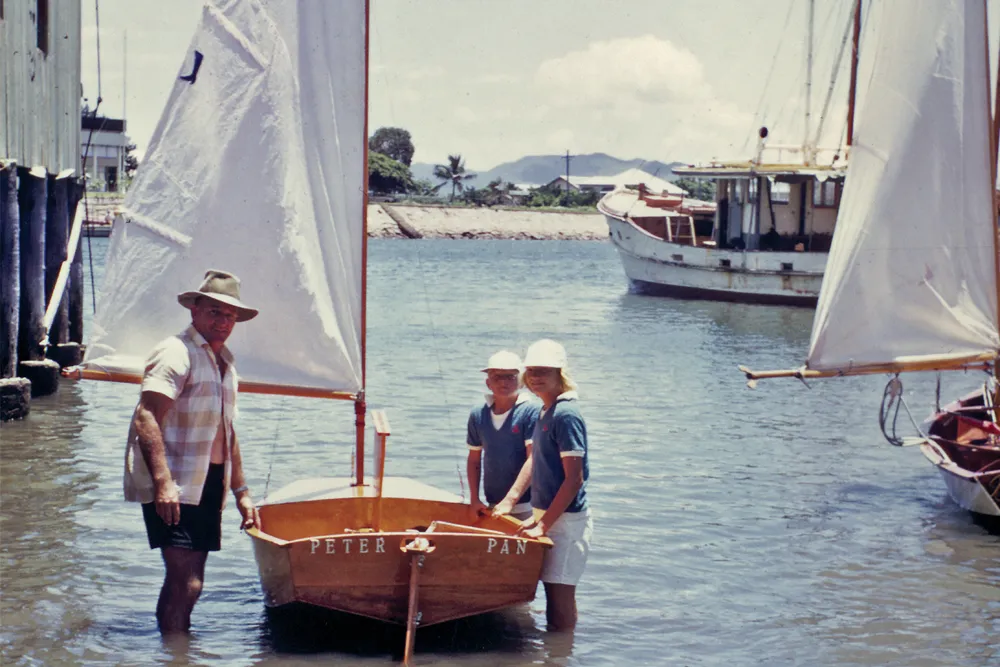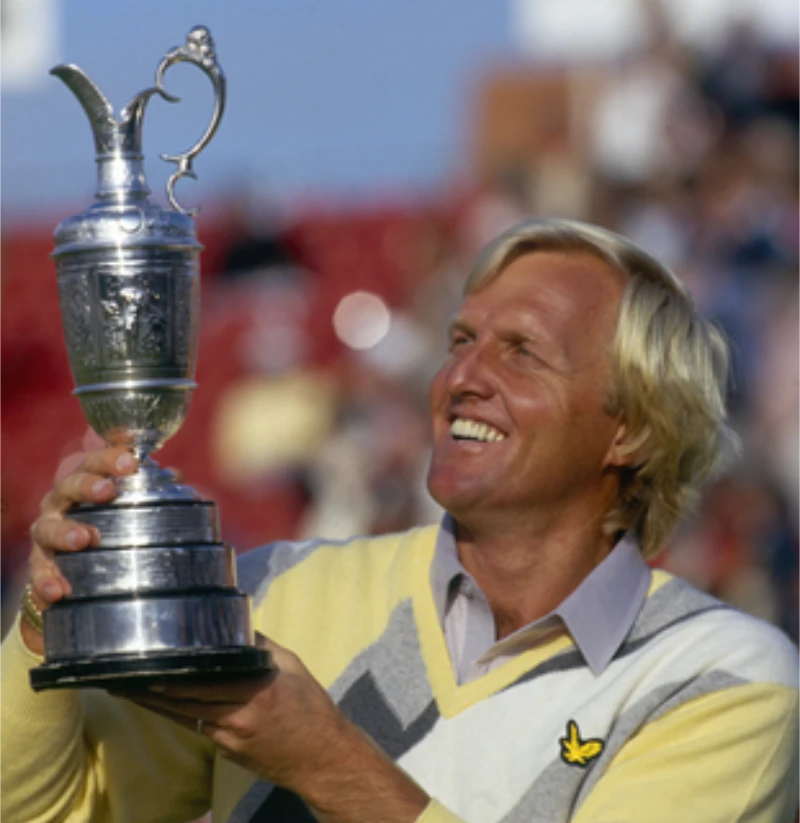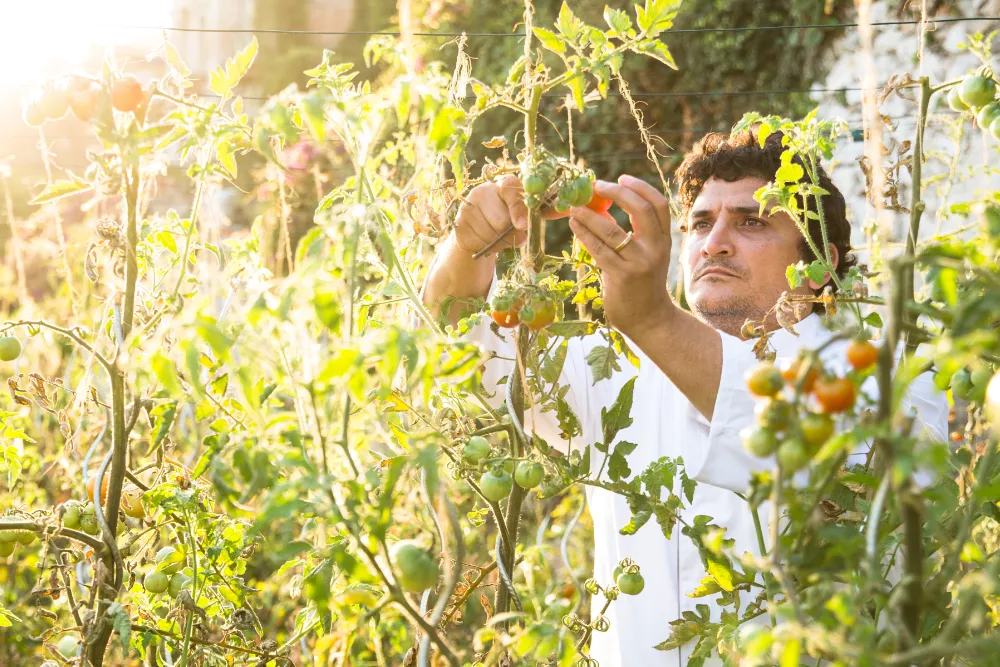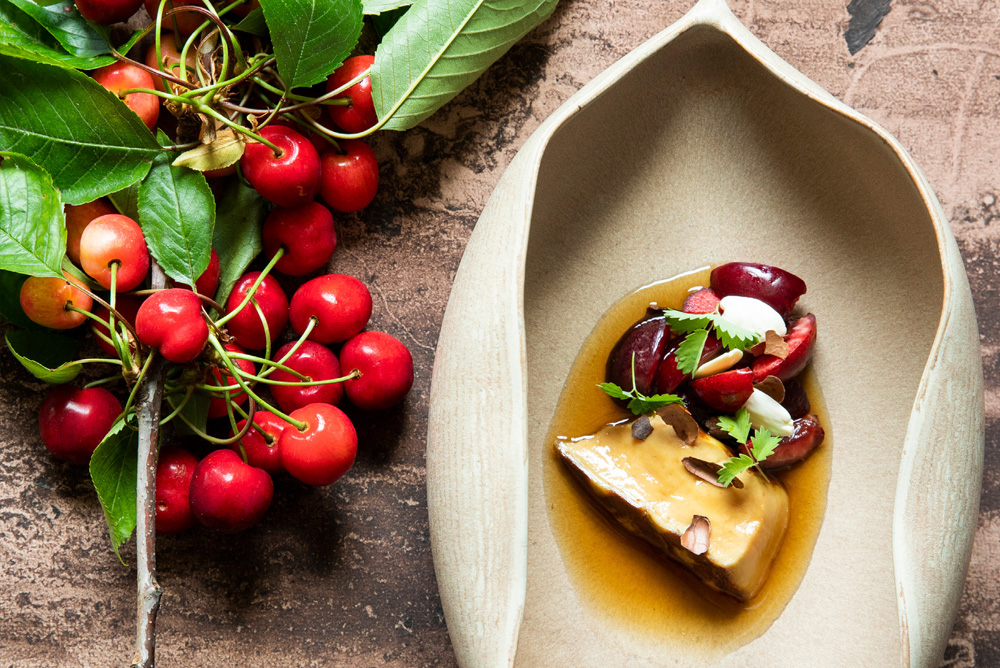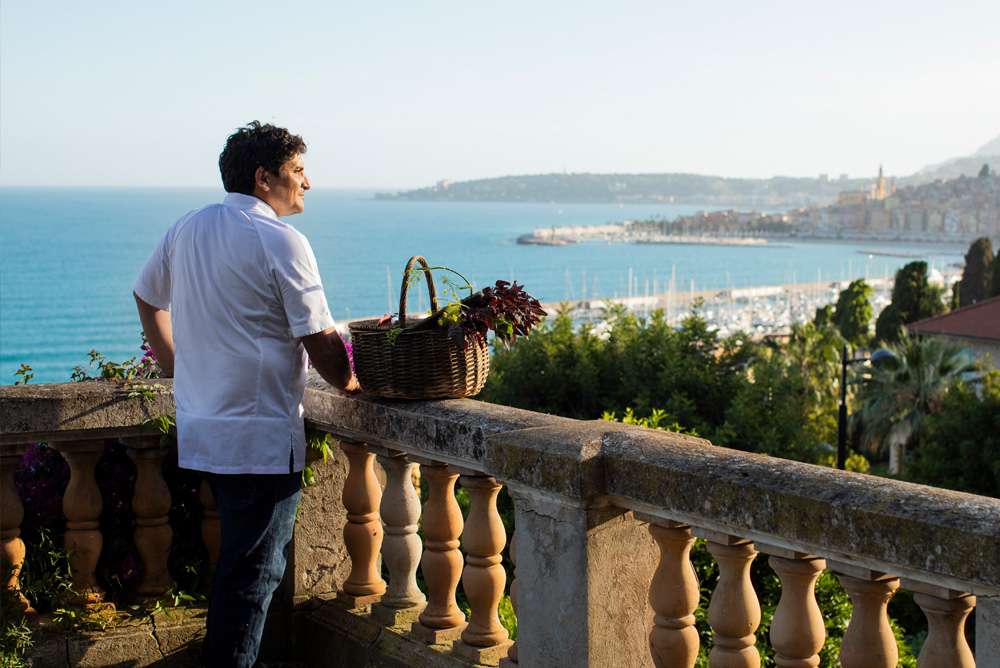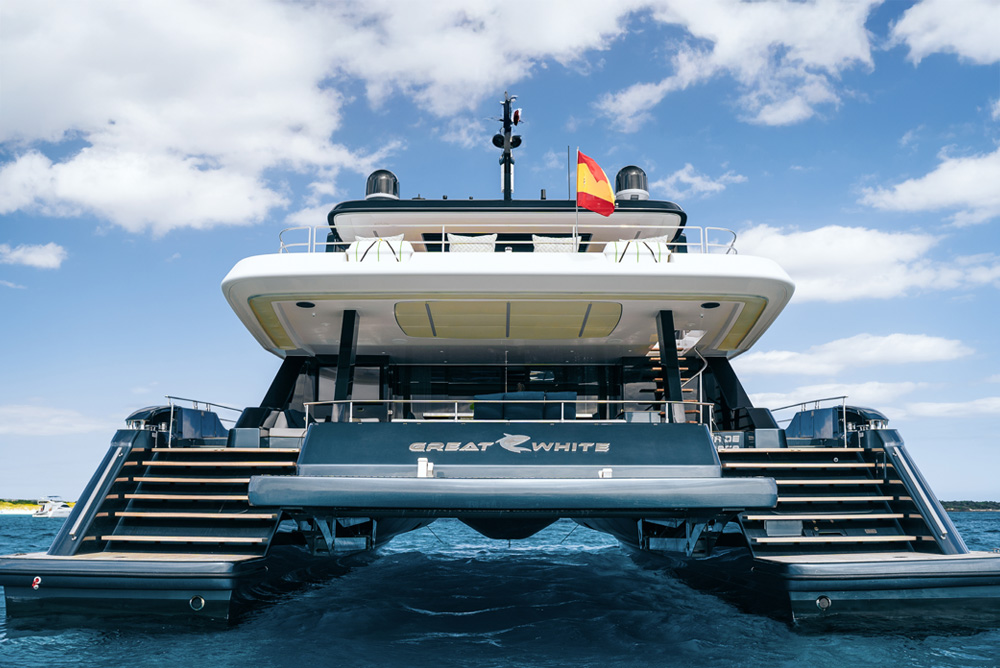Henk de Vries III | Feadship
Nearly four decades of leadership within the superyacht world, Henk de Vries III has retired as Director of Feadship and CEO of Koninklijke De Vries Scheepsbouw. Henk will continue to serve as an Ambassador for Feadship, ensuring the brand’s legacy endures as the next generation drives innovation and excellence in yachting.
A number of leading contemporary superyacht yards can trace their origins to the early 20th Century and to previous generations, but few have the strong family association of Henk de Vries, Feadship director and CEO of Koninklijke De Vries Scheepsbouw, who has overseen the rise of the De Vries yard to the forefront of modern superyacht building. “As you enter the shipyard today, the two big houses at the front were built by my grandfather and great uncle in 1930,” he says. The shipyard’s origins go back to 1906 and Henk’s great-grandfather, a lumber trader who bought some workshops in Aalsmeer.
“In 1916 the first marina was built on the lake. My great-grandfather’s sons tried to convince him there was a market for pleasure-boat building. He said: ‘People only sail on Sundays, and that is very sinful!’ My grandfather was a lot more practical and said: “Yes, if they sail on Sunday and it breaks on Sunday, we can repair it on Sunday.’ He announced he would charge double on a Sunday, give half to the Church, and keep half for himself!” says Henk. “This practical, Christian interpretation of business is what runs the company today. Be honest, be open about making a profit, and nobody will begrudge you it.”
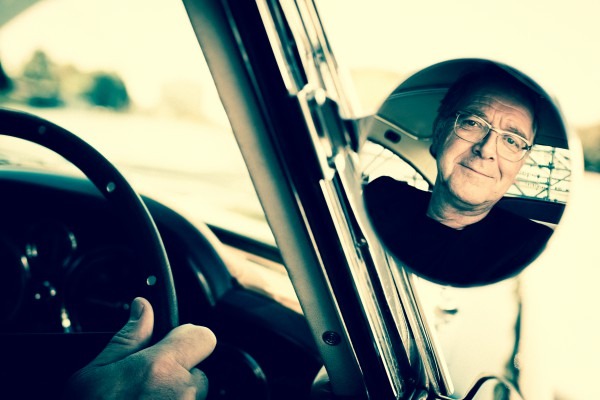
Henk de Vries joined the family company in 1987 and became director/shareholder in 1996, together with cousin Tom de Vries (who will retire in Spring 2026), playing a pivotal role in expanding De Vries to its current structure of seven operating companies and over 1,200 employees. De Vries still is a completely family-owned company and owns 50% of Feadship.
An advocate for sustainable innovation, Henk co-founded the Water Revolution Foundation in 2018, where he continues to serve as chairman of the Board. The Foundation leads the yachting sector’s efforts to reduce its ecological footprint through science-based initiatives and preserve the world’s precious oceans.

Feadship Project 824 emerges from the facility at Kaag, 9 May 2025.
Feadship reveals Project 824, a 100-metre pure custom creation that advances the boundaries of technical refinement and architectural expression.
Designed by Jamsen, Project 824 features a diesel electric propulsion system with ABB pod drives for efficient, low vibration performance. As the second largest yacht built at the Kaag facility, following the 101.50-metre Symphony launched in 2015, Project 824 stands out through a combination of scale, innovation and detail.
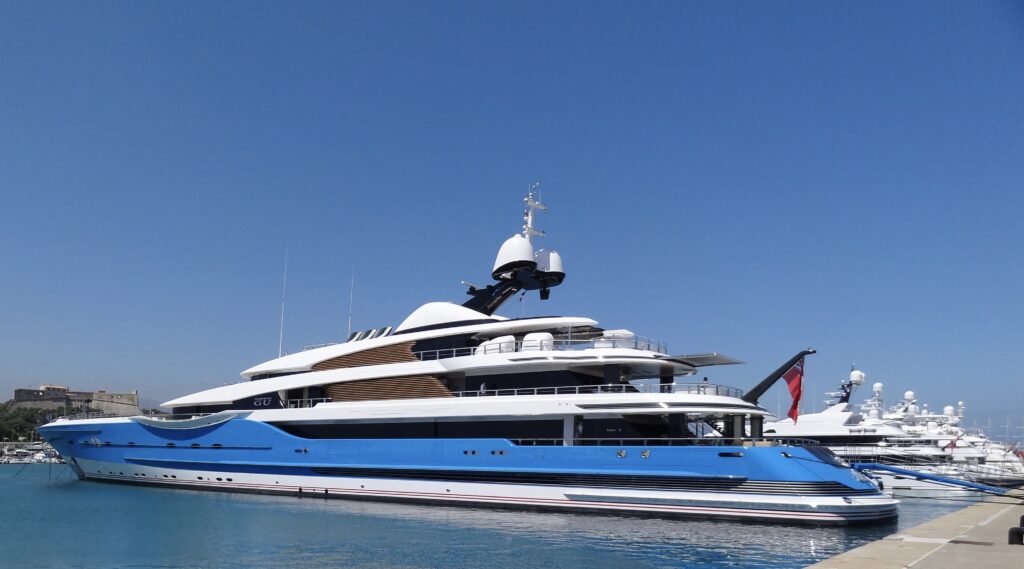
This is Madame Gu (Picture ME)
The way Feadships synthesise past experience, present demands and future-proof expectations is epitomised by the magnificent Madame GU. At launch her 99 metres was the largest superyacht ever built in The Netherlands, this sleek and quick yacht also leveraged lessons learned with Ecstasea a decade before with her giant hidden helicopter hangar. Inside and out, Madame GU’s is a floating Palace of Versailles with a high-tech twist.
Madame Gu is a superyacht built in 2013 at the Dutch Feadship yard in Makkum. She was built as Project Dream. Madame Gu is designed by Andrew Winch Designs, who were responsible for both interior and exterior, opting for contemporary details in a classical style.
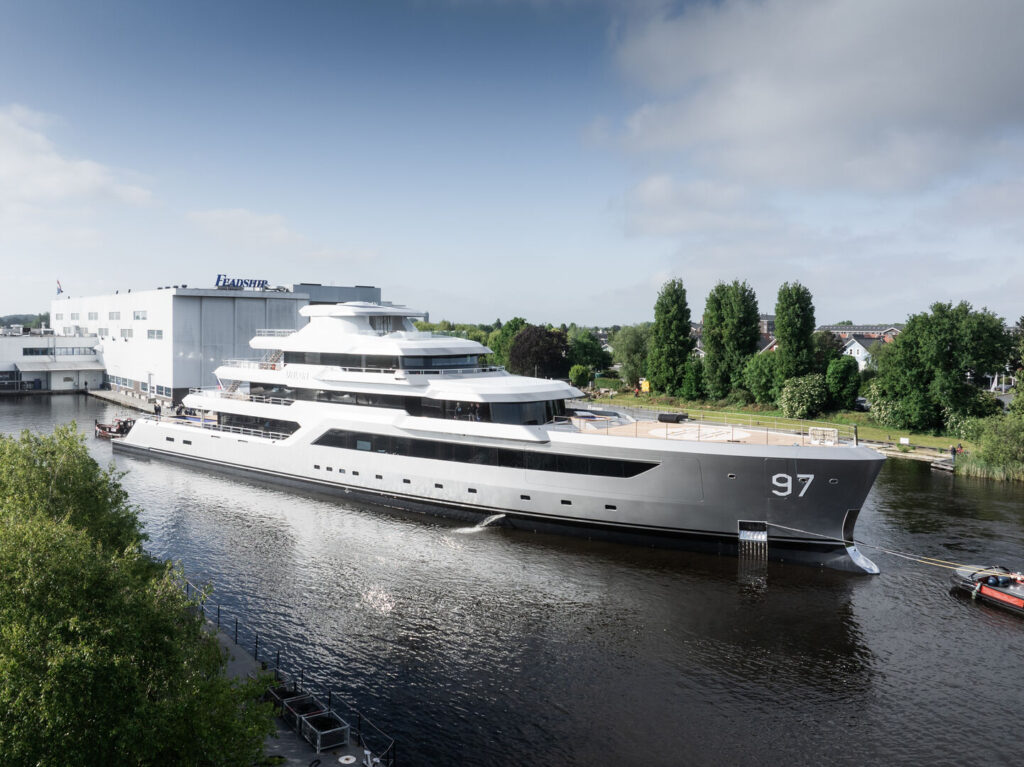
Sat, 17 May 2025 | 10:45 Feadship Valor: A bold expression of adventure.
The 79.5-metre Feadship 715 superyacht Valor has been launched from the De Vries shipyard in Aalsmeer, the Netherlands.
Feadship’s latest entry into the genre of explorer yachts slipped from her building hall today in Aalsmeer, the Netherlands. At almost 80 metres, this steel hulled, high-volume yacht uses a two-meter ice belt encircling the hull above and below the waterline to achieve a Bureau Veritas Young Ice 2 notation. Built for a repeat Feadship owner, this long-range yacht can easily fulfil his dream of transiting the Northwest Passage and visiting the most inhospitable places on earth.
Feadship Valor will attend the Monaco Yacht Show in 2025 and will be competing for the World Superyacht Awards.
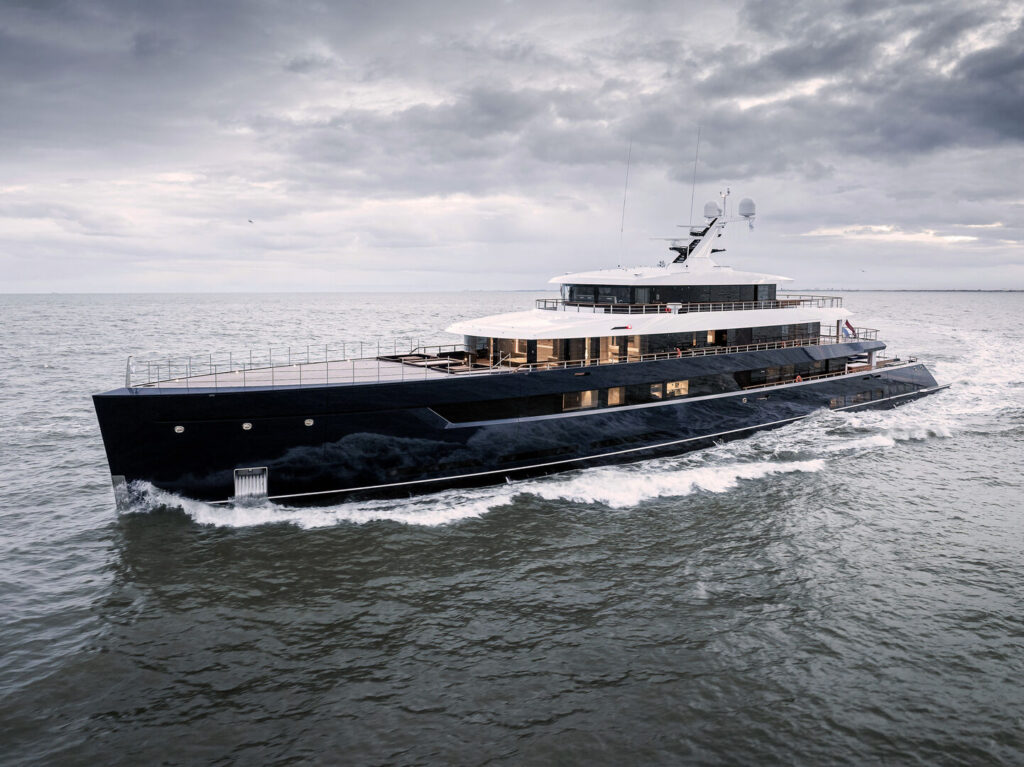
The 75.75-metre Feadship ONE blends modern elegance with precision engineering.
Her clean lines and generous 12.50 metre beam support a layout that balances luxury with privacy. The sun deck’s 6.5 by 4 metre infinity pool sets the tone for relaxed sophistication, complemented by panoramic salons, six serene staterooms and a full beam owner’s suite. Forward on the main deck lies a lavish VIP suite, complete with a private lounge and its own balcony. This exclusive space offers a peaceful escape, a retreat within the retreat. A beach club with spa and gym connects directly to the sea, while a vast tender garage holds everything needed for true exploration.
Feadship has announced the sale of the 75.75-metre Feadship 825 yacht One through its recently established service, Feadship Resale. One sold with Tim Vickers of Burgess introducing the buyer and Hannah Wolstenholme of Edmiston and Feadship Resale representing the seller.
Words & Pictures Feadship & Mike Edwardson
